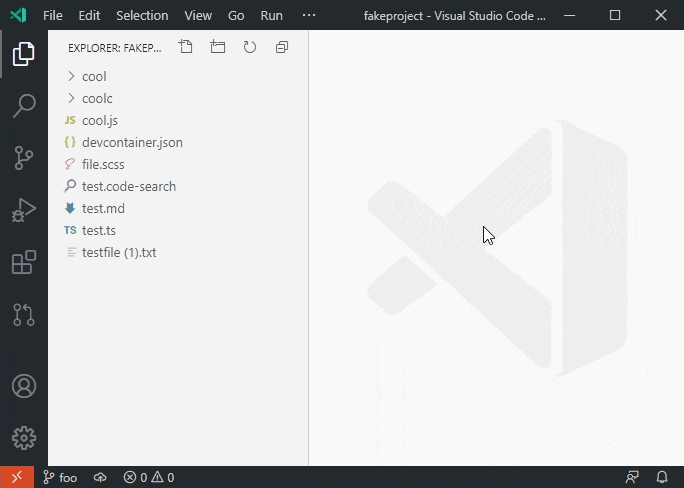
- Git add remote to remote repository how to#
- Git add remote to remote repository code#
- Git add remote to remote repository download#
- Git add remote to remote repository free#
This file is written in markdown and displays its content in the repository page. When creating the GitHub repository, there is an option to initialize the repository with several files, like a README.md file. For my project, I can see the HelloWorld.ps1 script with my commit message.
Git add remote to remote repository code#
We can see this relationship configured in the output of the push command.īack in GitHub, refresh the repository’s page currently display the code examples, and you should see your local files now available in the repository. Setting the upstream branch will configure the default remote branch for the current local branch. Since this is the first time we are pushing code into the remote GitHub repository for the main branch, we need to specify the -u parameter, which is an alias for - set-upstream. Here, origin refers to the remote repository we configured earlier, and main refers to the branch from the local repository to copy to the remote repository. Git Remote Add Origin git remote add origin
Git add remote to remote repository how to#
Select the copy icon to save this code snippet to run back in our PowerShell terminal.īefore I run the code in my PowerShell terminal, let’s understand the purpose of each command - each of which is essential to understanding how to merge in Git. We already have a local Git repository that we want to link with our new remote GitHub repository and push our code into it. In our case, we want to push an existing Git repository from the command line. You can copy it to your local system, create a new repository on your system and link to it, or import code from another repository. Once created, GitHub presents several options for getting started with the new Git repository. Once you configured all the settings, select Create repository. Since you are importing an existing repository, you should not need to select any of the additional files as they should exist in the local repository (if you create them).

Follow this by entering a description of the project, whether the project is Public or Private, and choose any of the options to initialize additional project files. I recommend giving it the same name as the project on your local system, in this case, my_project.

In the Create a new repository screen, enter a unique repository name that doesn’t exist in your account. On your GitHub profile page, select Repositories at the top, then click New.
Git add remote to remote repository free#
GitHub is a popular implementation of Git that has a free tier for hosting repositories. There are many ways to have a central Git repository, but an easy option is storing it in GitHub. By storing the project code into a central, remote repository, other collaborators can copy the code to their system for modification. Now you need to take the local Git repository and put it into a remote, centrally-located repository so others can collaborate on the project. While working with a local Git repository is helpful, source control’s primary purpose is to collaborate on projects with other people. You then initialize the folder as a Git repository using the git init command. Start by creating a folder for storing your project files, followed by changing the console to that directory. However, you will need to use equivalent commands for creating folders and navigating the directory structure so that you understand how to merge in Git. I will be using PowerShell for this tutorial, but you can use any other terminal available to you.
Git add remote to remote repository download#

To follow along with this PowerShell Git tutorial on how to merge in Git, you will need: In this post, I will show how to merge in Git, meaning how you can take a local Git repository and merge it into a remote repository in your GitHub account. However, if you start a project on your local system first and need to then connect to a remote repository, you will need a way to merge the repositories. Typically when working with Git and code repositories, you create the remote one first, then download it to your local system. Using Git, you can create commits or snapshots of your code and revert to previous versions.

In my previous article “ How to Revert a Commit in Git” (a PowerShell Git tutorial), I showed how you can use a local PowerShell Git repository and utilize the benefits of local source control.


 0 kommentar(er)
0 kommentar(er)
